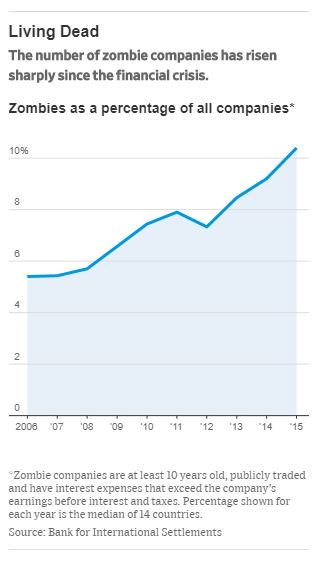(p. A4) MARSEILLE, France — The nearly 20-year-old images have entered French folklore: peasants, farmers and ex-hippies dismantling a rural McDonald’s, panel by panel, in what became a symbol of France’s resistance to American fast food.
Today that aging newsreel is being played in sharp reverse. A group of workers and their union leaders in Marseille are fighting tooth-and-nail to save a McDonald’s from closing in a working-class, largely immigrant neighborhood. A so-called “Festival of Dignity” protest was recently organized by the McDonald’s employees in an effort to save their roughly 70 jobs.
Even though McDonald’s was once seen as a cultural menace to a glorious French tradition, the workers say this particular McDonald’s, in its quarter-century of existence, has played a vital role as a social integrator in one of France’s most troubled districts — providing employment and shielding local youth from pervasive drug-dealing, getting them out of jail and helping them stay out.
“Look, we’re not thugs here,” said Kamel Guemari, the restaurant’s assistant manager, who was hired at age 16 and is now 37. “We’re working. And we’re setting an example for the others. We’re playing a social role.”
For the full story, see:
Adam Nossiter. “MARSEILLE DISPATCH; French Workers Fight to Save a Beloved McDonald’s.” The New York Times (Thursday, Sept. 6, 2018): A4.
(Note: the online version of the story has the date Sept. 5, 2018, and has the title “MARSEILLE DISPATCH; Yes, There Is a French McDonald’s That Is Beloved (by Its Staff).”)


